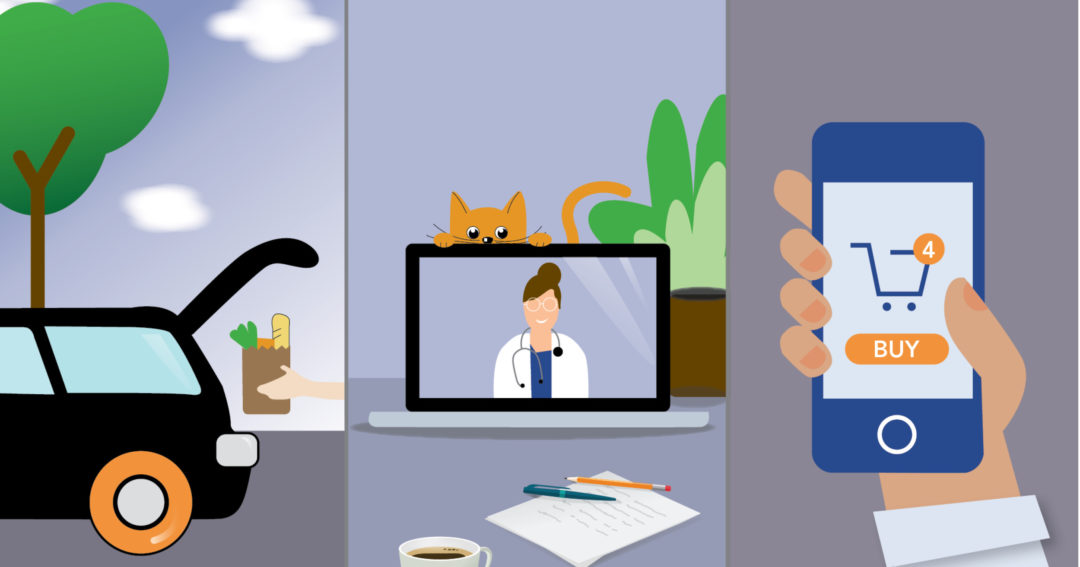
A timely lesson
Members will pay a premium for speed and convenience.
If COVID taught us anything, it’s that we’re sloths.
I’m not talking about a regular sloth you’d find at the zoo but one so lethargic it outsourced the chewing of bamboo to somebody else.
Many of us don’t even make our own food anymore. We outsource that chore to a restaurant on the internet, delivered by a guy in a 1995 Ford with a broken muffler. The extent of culinary effort is opening the air fryer if the food arrives cold.
There are other examples, too:
- Grocery shopping has been reduced to pulling into a stall at the store and waiting for a harried worker to come out and try to fit your groceries in the trunk you never cleaned out.
- Doctor visits now involve your phone camera, 30 minutes, and an interruption by a child or animal—sometimes both.
- Work attire no longer precludes jammies.
But let’s look at getting a loan. It’s an important financial decision for consumers, right? So they obviously take a great deal of time to get the best value from their credit union, right?
Sorry, had to pause. Just spit out my coffee.
The answer is, “it depends.” The larger the amount, the more people will commit to finding the best deal.
For many credit unions, however, “Buy Now, Pay Later” retail financing programs are replacing small-dollar personal loans and credit cards.
A large retailer I won’t name (we’ll call them “Wally World” or “The RV Hangout”) offers such a program online. When you purchase certain items, such as a TV or computer, it immediately offers a payment plan the consumer can accept in a few clicks.
They normally charge 10% to 30% interest for this service, but they market it purely from a payment aspect: “$50 per month until your TV/computer/phone is obsolete!”
They may offer 0% financing for some products, having already buried profit into the original sale price.
Other retailers are quickly rolling out these programs, too, by partnering with firms such as Affirm, Paypal, and Zip. By integrating this into the buying experience, they’ve learned consumers generally take the simplest path at their disposal even if that path is more expensive.
While marketers call this friction, others just call it for what it is: apathy.
Pushing financing directly to the time of purchase is nothing new—we’ve all seen that with indirect auto lending over the past few decades. But as more members buy online, the growth of immediate financing is bound to creep into other areas as well.
Credit unions can respond in two ways:
- Educate members. As the old saying goes, if you can do it quickly you can’t do it cheaply, and if you do it cheaply you can’t do it quickly. Of course, if we’re talking about my home improvement projects, they’re neither quick nor cheap.
Teaching members they can save money by shopping may be a formidable task, but it’s important for their well-being.
- Join them. For those like me who see this trend as inevitable, the best solution is to think about moving your lending operation from a pre-purchase phase to the purchase phase. This means we, as an industry, will need to work with these new firms and larger retailers.
If there’s a lesson here, it’s this: Our members’ time is important. It means enough to them that they will pay dearly to get more of it.
It’s time we help them do that.
JAMES COLLINS is president/CEO at O Bee Credit Union, Lacey, Wash., and Credit Union Magazine's humor columnist.
This article appeared in the Spring 2022 issue of Credit Union Magazine. Subscribe here.